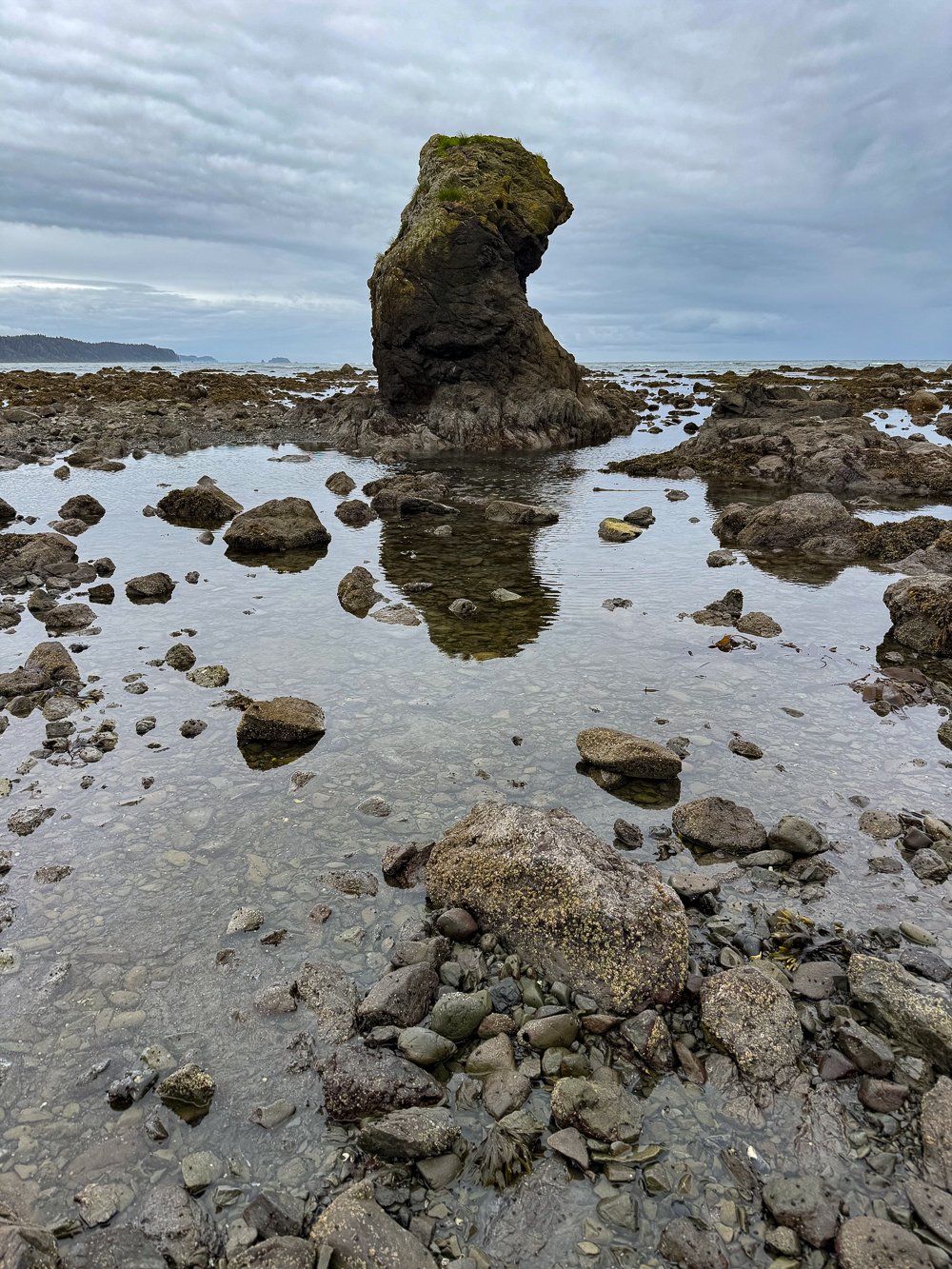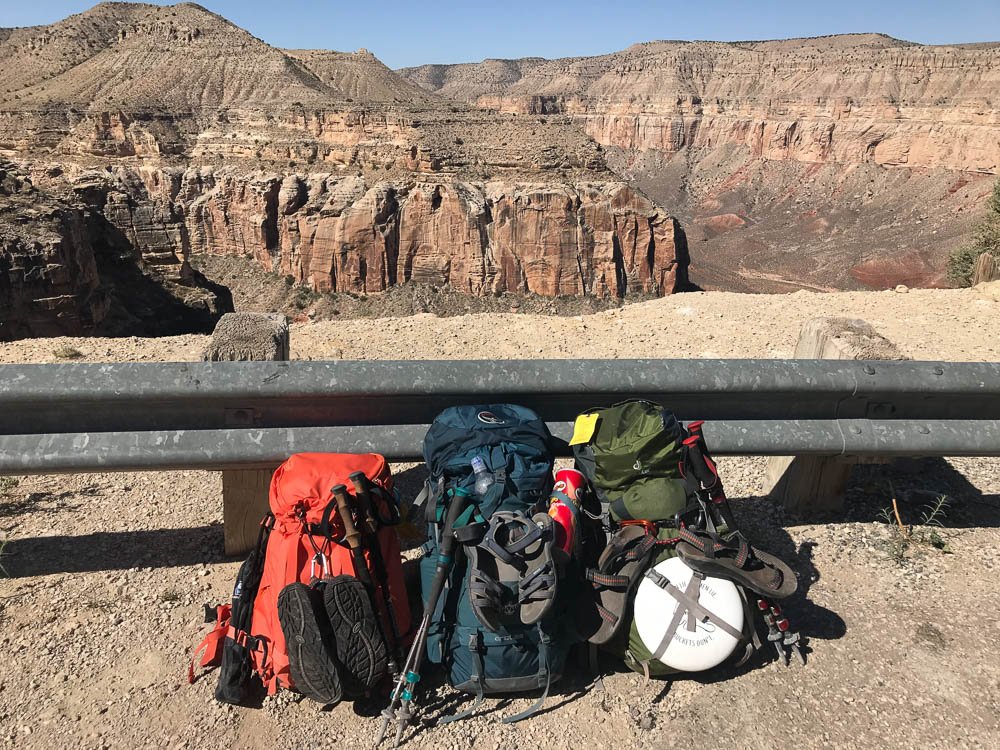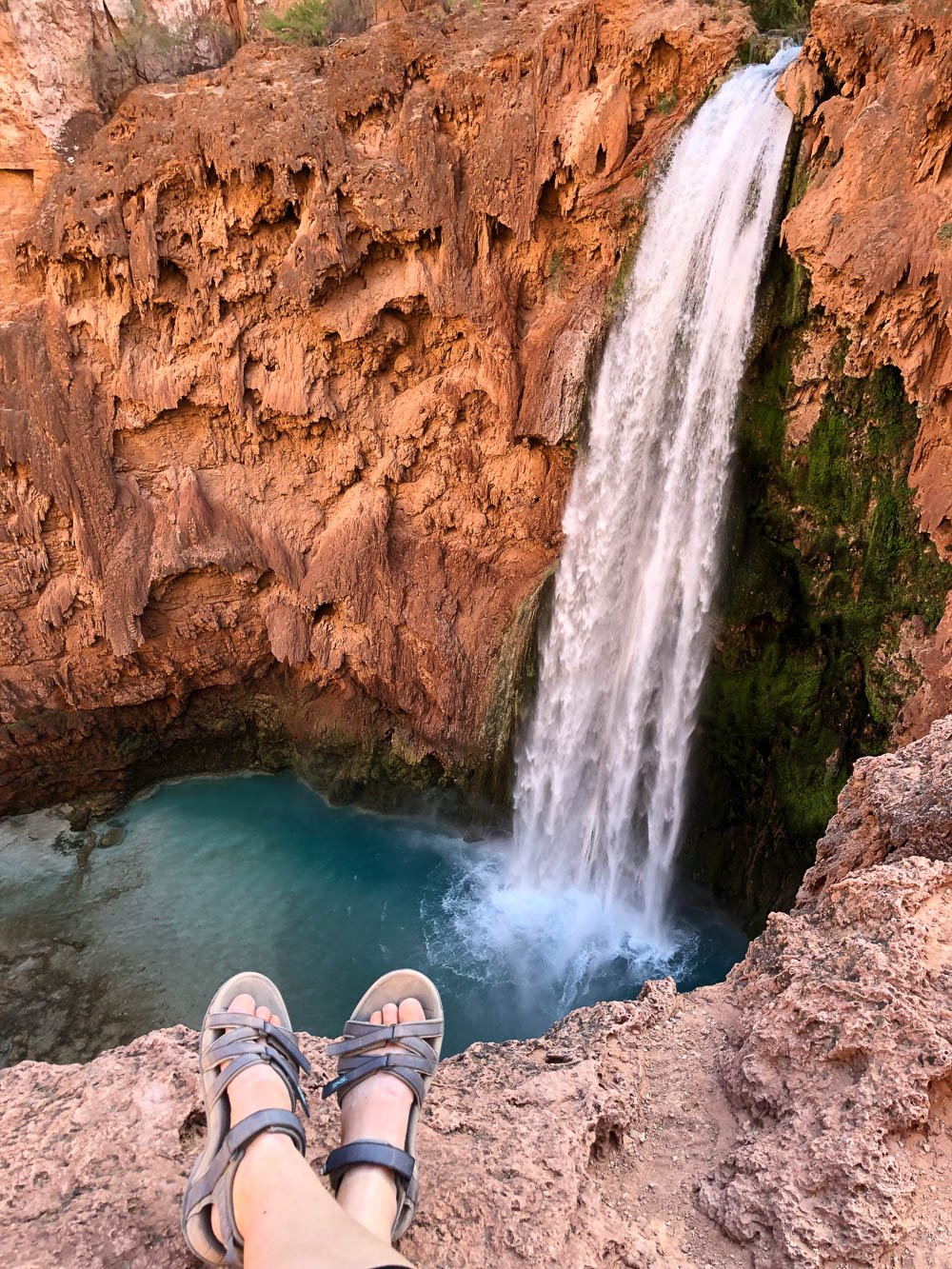How to Waterproof Your Tent
Taking care of your backpacking gear shouldn’t be intimidating! That’s why we’ve written this blog, with video tutorials, on how to re-waterproof your tent. We were relieved to find that waterproofing our tent wasn’t difficult, and we love having the peace of mind that we’ll continue to have a dry place to sleep for all our adventures!
Disclosure: This post includes affiliate links with recommended lodging recommendations and hiking gear. We’ll receive a small portion of that sale if you click through and reserve lodging or purchase a product. You won’t be charged more, and we haven’t been paid by any of these retailers to share their information. These are all our genuine preferences.
How often should you waterproof your tent?
Some say you should waterproof your tent annually, while other sources say you should do it when you notice your tent is no longer waterproof. How often you should do it really comes down to usage and wear.
While we don't think it needs to be done annually for average backpackers, we do think it’s beneficial to re-waterproof your tent before it begins leaking. This will not only ensure you have a dry sleeping environment on all your outings, but it will also help prolong the lifespan of your tent by protecting it from UV rays, which damage tent fabrics.
We purchased the two-person MSR Hubba Hubba tent about five years ago, and on average, backpack a few times a year. Although our tent hasn’t given us signs that it’s no longer waterproof, we decided it was time to re-seal the tent seams and apply a durable waterproof repellent after going on a very rainy backpacking trip.
Re-waterproofing conditions
Good weather is essential for re-waterproofing tent seams and reapplying a durable water repellent coating. You’ll want to do these activities outside on a warm, dry day. When you apply a durable water repellent, opt for a time with little wind as well.
Although you can apply a urethane coating on a flat surface without setting up your tent, it’s best to do so in a well-ventilated area.
Tent seams
A tent’s seams are the weakest areas of a tent and are often the first to lose their waterproofing. To check how your seams are holding up, look at seams on the underside of your rainfly.
If you have a polyurethane-coated tent, you’ll likely have seam tape over your tent’s seams. You can tell if the seam tape is wearing out because the edges of the tape will start to peel away from the tent.
Our tent seams before applying Gear Aid +WP
To re-waterproof seams and seam tape, use Gear Aid’s Seam Grip +WP if your tent has polyurethane-coated fabrics, which is likely, or Gear Aid’s Seam Grip +SIL if you have a tent with silicone treated fabric.
To start, set up your tent and put your rainfly on upside down in a well-ventilated area. Use a damp cloth to wipe it clean as needed. Read the instructions, then don gloves and begin applying Gear Aid to all seams and edges of seam tape. Get the Gear Aid under the seams as much as possible to help glue them down.
Tent seams after applying Gear Aid +WP
Brush it on over and under each seam, but not on the zippers. If you’re worried about getting it on the zippers, use painter’s tape to cover them.
Apply Gear Aid in one thin layer. In areas prone to leaking, wait 15 minutes before applying a second coat to areas prone to leaking. Let your rainfly dry for eight to twelve hours.
When the sealant is cured, it will be transparent. When cured, it’s surprisingly flexible but will feel tacky. We found that it’s very important not to let the seams touch throughout this process. They will stick to one another and tear off the seam sealer.
Do not let the seam sealer touch once on your tent
Sections of the Gear Aid +WP torn off from sticking to itself
Gear Aid mentions that this tackiness will dissipate with use, with an optional suggestion to use a talc-free powder to eliminate it. We found this step to be necessary. We used Gold Bond and wiped off the excess with a damp rag.
The tent after applying Gold Bond
It took Meghann two hours to apply the first coat to all our tent’s seams and, she used half the tube of Gear Aid +WP.
Gear Aid also has uses for repairing holes in your tent, sleeping pads and self-inflating air mattresses, as well as re-bonding soles of boots so having some leftover can be handy for future fixes!
Durable water repellent
The durable water repellent layer helps rain bead up and roll off your rain fly instead of soaking through it. We found applying this to be very easy! To re-apply this layer, we used Nikwax’s Tent and Gear Solarwash and Solarproof (we love all Nikwax’s products). Always read the instructions before applying.
First, you’ll need to set up your tent and rainfly. Get your rainfly wet and use the Solarwash and a sponge to clean your rainfly, immediately rinsing it off when you’re done. Do this section by section.
After you’ve cleaned the entire rainfly, spray on the Solarproof in sections and let it sit for two minutes. Then, use a damp cloth to wipe up the excess. Repeat the process on your tent footprint and the outside of the bottom of your tent if needed. Let it dry completely.
It took Meghann one hour and thirty minutes to clean and waterproof our rainfly, footprint, and bottom of the tent. She used about 1/3 of each Nikwax gear wash bottle, leaving plenty to clean backpacks, another tent, or other gear.
Water beading up on our rainfly after using Nikwax
Urethane coating
We haven’t had to apply this to our tent yet but if you’ve noticed your tent feeling sticky, gummy, or has material flaking off, it’s time to reapply a urethane coating with Gear Aid Seam Grip TF Tent Fabric Sealer.
To re-apply a urethane coating, lay your tent material on a dry, flat surface. Rub off the bits that are flaking and then apply a thin layer of tent sealant as per the product’s instructions. Apply it to all areas that have the urethane coat flaking off and let it dry for 24 hours. One thin layer works best.
Post-trip tent maintenance
We set up our tent at home after every backpacking trip. We sweep it out with this tent camping kit, usually finding that our tent footprint (or more) is wet and leaving it out to dry.
When you pack up your tent for storage, pack it loosely in an oversized bag. We think these steps are an essential part of tent maintenance and one reason our tent has served us well for years.
Old tent smell
What if your tent smells? The smell might be nostalgic if you grew up camping, but really it smells like old gym clothes and dirty plastic. This happens because of hydrolysis – a process where water slowly breaks down chemical compounds.
Once your tent reaches this stage of life, it’s near retirement. Although you may be able to temporarily scrub away the smell, the urethane coating won’t stay waterproof for much longer.
Search the blog for more adventures! Try searching for topics such as “hiking”, “waterfalls”, or “Oregon”.



















